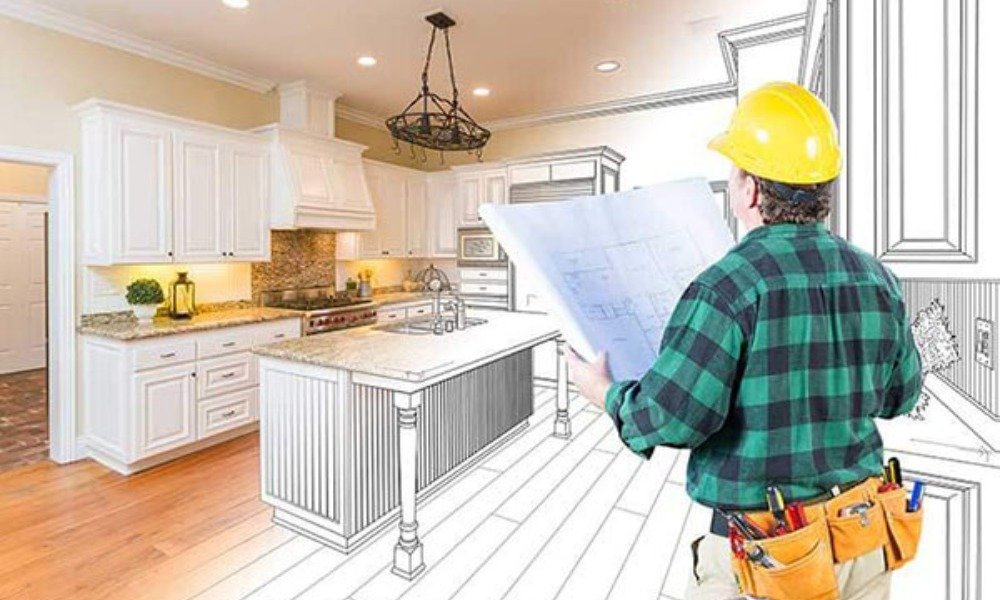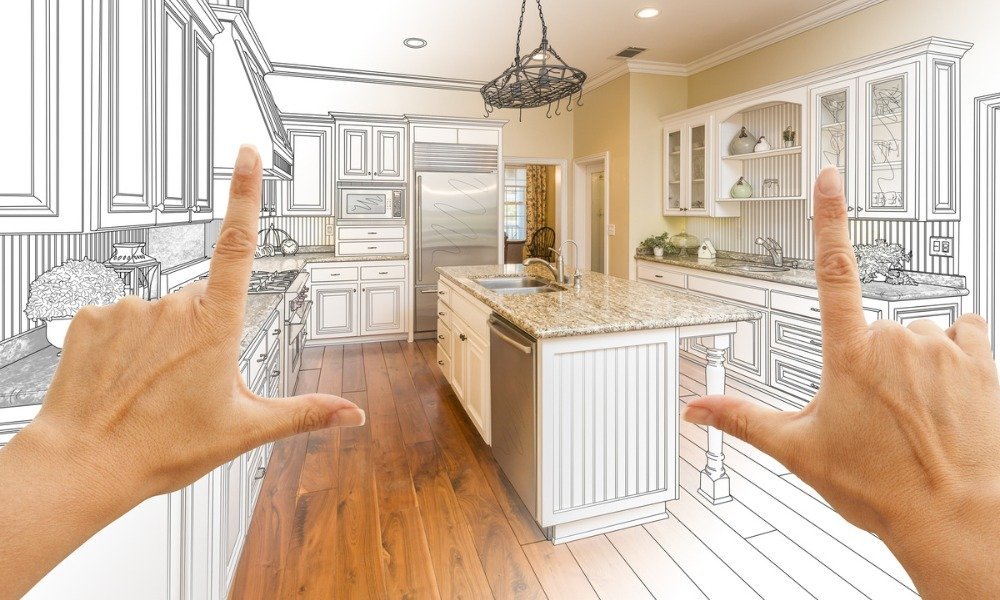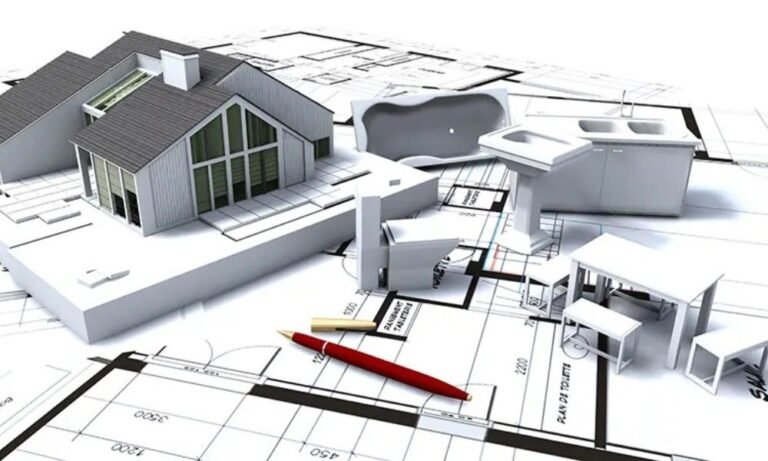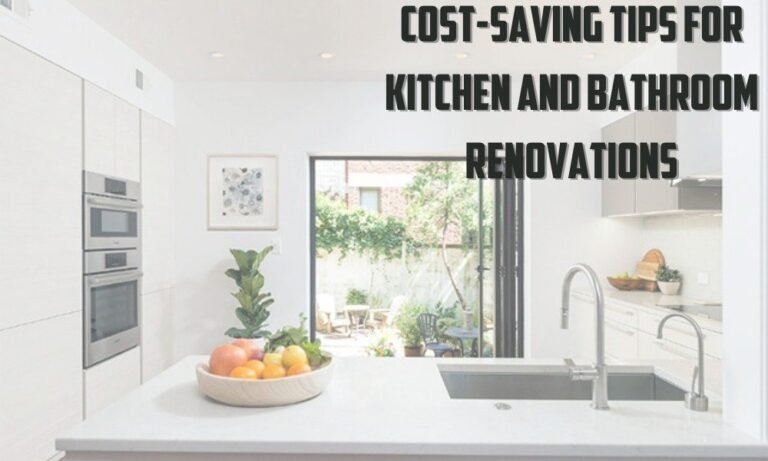Estimated reading time: 5 minutes
Home remodeling is exciting—until you start crunching the numbers. It’s easy to get caught up in the vision of a sleek kitchen or a luxurious bathroom, only to realize your budget doesn’t stretch quite as far as your imagination. I’ve seen homeowners go all in without a plan, only to end up with half-finished projects and a whole lot of regret.
So, how do you create a budget that makes sense? One that allows you to achieve your dream renovation without going broke? Let’s break it down.
What You’ll Learn
✔ How to estimate remodeling costs upfront
✔ The best ways to figure out how much you can afford
✔ Why getting multiple contractor quotes is essential
✔ How to avoid budget overruns with smart planning
✔ Practical ways to scale your project without sacrificing quality
1. Ballpark the Costs

Before making big decisions, I always recommend getting a rough idea of how much your remodel will cost. You don’t need an exact number yet—just a realistic estimate.
- Kitchen Remodel: $25,000 – $50,000 (mid-range)
- Bathroom Remodel: $10,000 – $30,000
- Home Addition: $100 – $200 per square foot
If you’re planning a full-scale renovation, check out Top Signs It’s Time for a Home Renovation Project to see if it’s the right move for your home.
Want a more personalized estimate? Talk to a contractor or use an online cost calculator to get a better sense of what your dream remodel might set you back.
2. Determine How Much You Can Afford
Now that you have a rough estimate, it’s time to figure out how much you can actually spend. This depends on your savings, financing options, and monthly budget.
If you’re paying in cash
Great! Just make sure you leave 10-20% of your budget as a cushion for unexpected costs. Trust me, surprises always pop up.
If you’re financing
There are three common options:
- Cash-Out Refinance – Good for large-scale remodels, but you’ll be extending your mortgage.
- Home Equity Loan – Lump sum loan with a fixed interest rate.
- HELOC (Home Equity Line of Credit) – Flexible, lower interest rates, but can be risky if not managed properly.
Pro Tip: If borrowing, avoid minimum payments. Try to set up a repayment schedule that fits your budget.
3. Get Multiple Quotes from Contractors

I can’t stress this enough—always get at least three quotes.
Even if you have a preferred contractor, getting multiple bids ensures you’re paying a fair price. And remember, the cheapest option isn’t always the best. Look for:
✔ Experience & Past Work – Ask for photos of similar projects.
✔ References & Reviews – Check online reviews and talk to past clients.
✔ License & Insurance – Protect yourself from liability.
If you’re unsure how to vet contractors, take a look at How to Choose the Right Contractor for Your Remodel.
Once you’ve chosen a contractor, add a 15-20% contingency to their bid for unexpected expenses. If your budget can’t handle that, it’s time to reconsider your plan.
4. Plan for the Extra Costs
Remodeling isn’t just about materials and labor—there are hidden expenses that can catch you off guard.
Permit Fees & Inspections
Depending on your location and project size, permits can cost anywhere from a few hundred to several thousand dollars. Check with your local government before finalizing your budget.
Temporary Housing or Storage
If your remodel is extensive, you may need to rent storage for furniture or even stay elsewhere during construction.
Unexpected Repairs
Opening up walls can reveal electrical, plumbing, or structural issues that must be addressed. That’s why having a contingency fund is non-negotiable.
5. Set Priorities and Trim Costs Without Sacrificing Quality
Dream remodel outpacing your budget? It happens. The key is to adjust without compromising on quality.
Ways to Save Money:
✔ Choose Alternative Materials – Opt for quartz instead of granite or luxury vinyl instead of hardwood.
✔ Refurbish Instead of Replace – Keep cabinets and update the hardware or repaint instead of replacing.
✔ Phase the Project – If your budget is tight, break the remodel into stages.
If you’re remodeling a kitchen or bathroom, you’ll love these Cost-Saving Tips for Kitchen and Bathroom Renovations.
6. Stay on Budget Throughout the Project
Setting a budget is one thing—sticking to it is another. I’ve seen homeowners get carried away with upgrades, and before they know it, they’re thousands over budget.
Here’s how to stay in control:
- Use a Budgeting App – Apps like HomeZada or a simple Google Sheet can track expenses.
- Avoid Scope Creep – Changing plans mid-project adds unnecessary costs.
- Set Payment Milestones – Don’t pay everything upfront. Pay in stages based on project completion.
Want more tips? Check out How to Ensure Your Remodeling Project Stays on Schedule to avoid costly delays.
7. Final Thoughts
A successful remodel isn’t about spending the most—it’s about smart planning and informed decisions.
- Start with a realistic cost estimate
- Figure out how much you can afford
- Get multiple contractor bids
- Expect hidden costs
- Prioritize what matters most
- Stick to your budget
If you plan wisely, you’ll end up with a home you love—without financial stress. And if you need help deciding when to start your renovation, this guide on the best time of year to start a renovation might help.
Thinking about remodeling? Let’s chat—I’d love to help you bring your vision to life.



